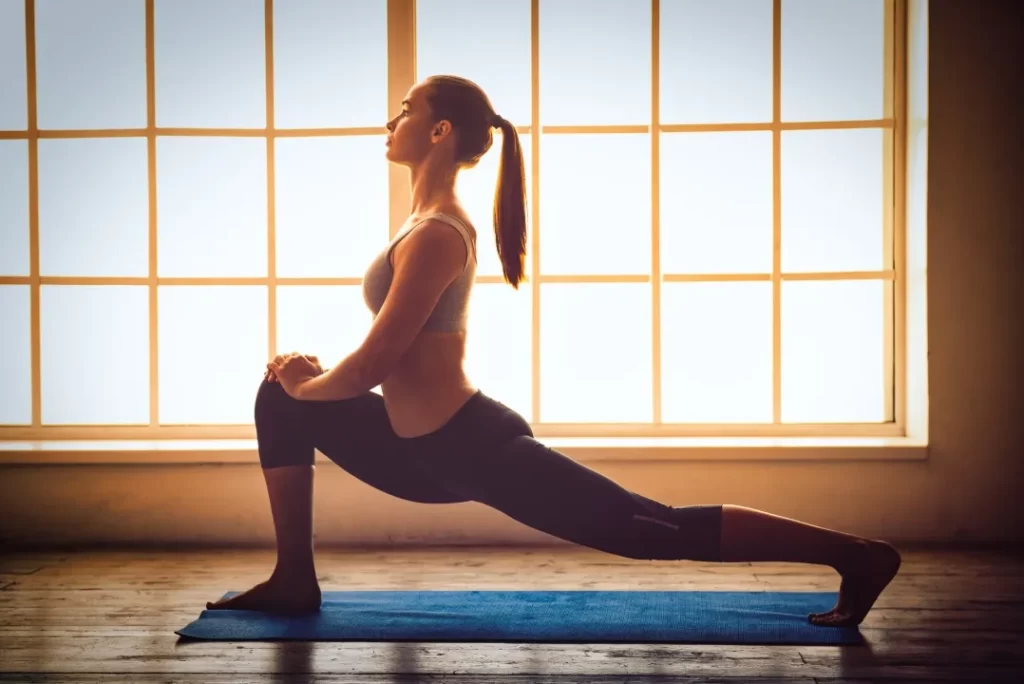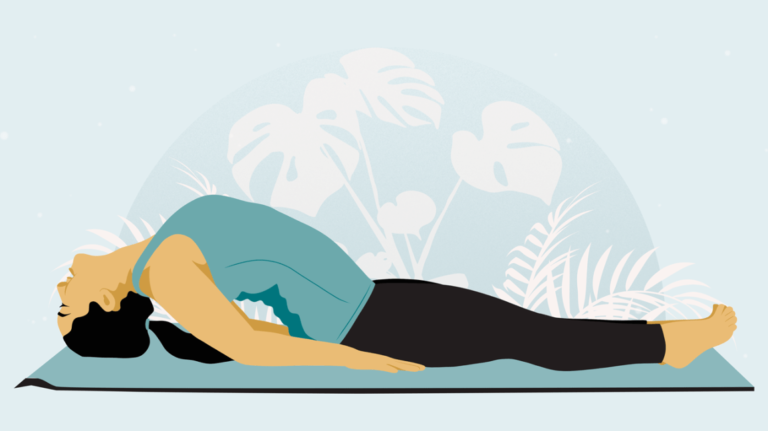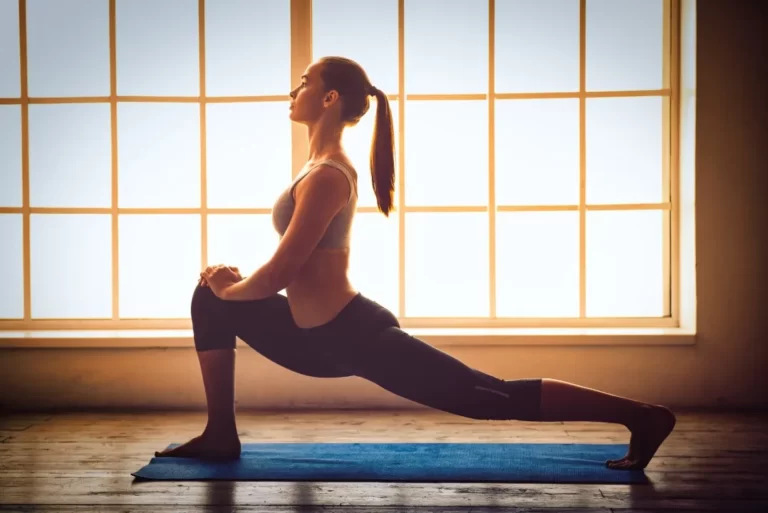
The Origins of Yoga
Yoga is an ancient practice with roots in India dating back thousands of years.
It encompasses a wide range of physical, mental, and spiritual disciplines aimed at promoting overall well-being, self-realization, and unity with the divine.
Over time, yoga has evolved and spread globally, becoming an essential part of many people’s lives. But how did this ancient practice make its way to the Western world?
Key Figures in the Introduction of Yoga to the West
Swami Vivekananda
Swami Vivekananda is often considered the first ambassador of yoga to the West. He introduced yoga philosophy and practices to the United States and Europe in the late 19th century.
His groundbreaking speech at the Parliament of the World’s Religions in Chicago in 1893 captured the attention of Westerners, sparking interest in Indian spirituality and setting the stage for yoga’s eventual spread.
Paramahansa Yogananda
In the early 20th century, Paramahansa Yogananda brought the practice of Kriya Yoga to the United States. He founded the Self-Realization Fellowship in 1920 and authored the famous book “Autobiography of a Yogi,” which has become a seminal work in the field of yoga and spirituality. Yogananda’s teachings inspired countless Westerners to explore the practice of yoga and seek a deeper understanding of the spiritual aspects of life.
Indra Devi
Indra Devi, also known as the “First Lady of Yoga,” played a pivotal role in popularizing yoga in the West. Born in Russia, she studied under the renowned yoga master, Sri Tirumalai Krishnamacharya, in India. In the 1940s, Devi opened one of the first yoga studios in the United States, teaching Hollywood celebrities and introducing yoga to a broader audience. She also authored several influential books on yoga, further spreading its teachings and practices.
B.K.S. Iyengar
B.K.S. Iyengar, one of the most influential yoga teachers of the 20th century, had a significant impact on the spread of yoga in the West. His precise, methodical approach to teaching Hatha Yoga, known as Iyengar Yoga, became immensely popular in the United States and Europe. Iyengar’s book “Light on Yoga,” first published in 1966, is considered a definitive guide to yoga practice and has been translated into multiple languages, making yoga accessible to millions of people worldwide.
k Pattabhi Jois
Sri K. Pattabhi Jois, the founder of Ashtanga Yoga, also contributed significantly to the popularization of yoga in the West. Jois developed the Ashtanga Yoga system, a dynamic and physically challenging style of yoga, which attracted many Western practitioners. His teachings inspired a new generation of yoga teachers and practitioners, many of whom went on to establish their own yoga schools and studios.
Maharishi Mahesh Yogi
Maharishi Mahesh Yogi, the founder of Transcendental Meditation (TM), played a crucial role in introducing meditation and yoga philosophy to the Western world. In the 1960s and 1970s, the Beatles and other celebrities learned TM from Maharishi, bringing widespread attention to the practice. Through his teachings, Maharishi helped pave the way for the broader acceptance of yoga and meditation in Western society.
The Evolution of Yoga in the West
The Growth of Yoga Studios
As the teachings of these influential figures took root in the West, yoga studios began to emerge in cities across the United States and Europe. Over the decades, the number of studios and practitioners has continued to grow, making yoga an integral part of the Western wellness landscape.
The Emergence of New Yoga Styles
The adaptation of yoga to Western culture has led to the development of various new yoga styles. Some of these styles, such as Power Yoga, Vinyasa Flow, and Yin Yoga, cater to the diverse needs and preferences of Western practitioners. These innovative styles have helped to make yoga more accessible and appealing to a broader audience.
The Integration of Yoga into Western Culture
Yoga has not only gained popularity as a physical practice but also as a holistic approach to well-being. Concepts such as mindfulness, conscious living, and self-care have become mainstream in Western society, in part due to the influence of yoga. Today, yoga can be found in various settings, from corporate wellness programs to school curriculums, reflecting its widespread acceptance and integration into daily life.
The Impact of Yoga on Western Society
Health and Wellness Benefits
The practice of yoga has been embraced by Western society due to its numerous physical and mental health benefits. Regular practice can lead to increased flexibility, strength, balance, and overall fitness. Additionally, yoga has been shown to help alleviate stress, anxiety, and depression, making it a valuable tool for maintaining mental health.
Mindfulness and Stress Reduction
Yoga’s focus on mindfulness and conscious living has resonated with many Westerners seeking to find balance in their hectic lives. The practice of yoga and meditation encourages individuals to slow down, connect with their breath, and cultivate inner peace, promoting stress reduction and mental clarity.
A Global Community
Yoga’s spread to the Western world has also fostered a global community of practitioners who share a common interest in self-improvement, spiritual growth, and well-being. This sense of connection transcends geographical and cultural boundaries, promoting unity and understanding among diverse groups of people.
The journey of yoga from its ancient origins in India to its widespread adoption in the Western world is a testament to the transformative power of the practice. The efforts of key figures such as Swami Vivekananda, Paramahansa Yogananda, Indra Devi, B.K.S. Iyengar, Pattabhi Jois, and Maharishi Mahesh Yogi have made yoga accessible to millions of people around the globe. Today, yoga continues to evolve and flourish in the West, enriching lives and fostering a sense of unity among its practitioners.
FAQs
Q1: Who is considered the father of modern yoga?
A: Sri Tirumalai Krishnamacharya is often
bradge@mandujen.xyz
please continue writing
referred to as the father of modern yoga. He was a prominent Indian yoga teacher and scholar who trained several influential yoga teachers, including B.K.S. Iyengar, K. Pattabhi Jois, and Indra Devi, who contributed significantly to the spread of yoga in the West.
Q2: When did yoga first become popular in the Western world?
A: Yoga began to gain popularity in the Western world in the late 19th century, with Swami Vivekananda’s historic speech at the Parliament of the World’s Religions in 1893. However, it was during the 20th century, especially from the 1960s onwards, that yoga truly started to become a mainstream practice in the West.
Q3: What are some reasons for the popularity of yoga in the Western world?
A: Yoga’s popularity in the Western world can be attributed to several factors, including its numerous physical and mental health benefits, the teachings of influential yoga masters, the development of new yoga styles catering to diverse needs, and the integration of yoga into various aspects of Western culture, such as wellness programs and education.
Q4: How has yoga evolved since its introduction to the Western world?
A: Since its introduction to the West, yoga has evolved in several ways. New yoga styles have emerged, catering to the diverse preferences of Western practitioners. Yoga has also become more accessible, with the growth of yoga studios and the integration of yoga into various aspects of Western life, such as wellness programs and education.
Q5: What role did celebrities play in popularizing yoga in the West?
A: Celebrities played a significant role in popularizing yoga in the West, as they often attracted media attention and generated public interest in the practice. For example, the Beatles’ association with Maharishi Mahesh Yogi and their practice of Transcendental Meditation helped bring yoga and meditation into the mainstream consciousness. Similarly, Indra Devi’s teaching of yoga to Hollywood celebrities helped to increase its visibility and appeal to a broader audience.


